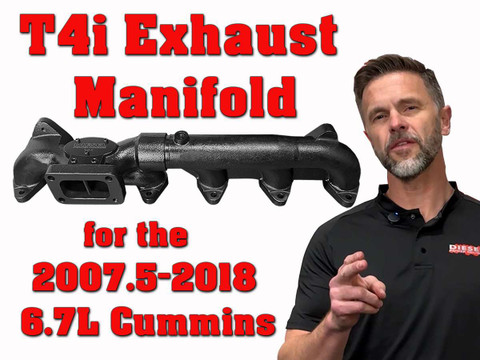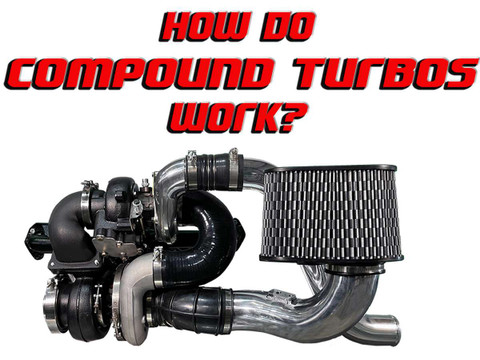
6.7 Cummins Manifolds
6.7 Cummins Exhaust Manifolds | Performance 4th/5th Gen Upgrades
High-flow, crack-resistant manifolds engineered for heat control, faster spool, and long service life on Ram 2500/3500 6.7L Cummins.
Diesel Power Source 6.7 Cummins exhaust manifolds increase airflow, improve turbo response, and tolerate sustained heat better than thin factory castings. Whether you tow in the mountains, commute daily, or want dependable power for performance builds, these manifolds are built for durability and repeatable sealing. Choose a stock-replacement manifold for the factory turbo or a T4 performance manifold when upgrading to a larger turbocharger.
Why upgrade your 6.7 Cummins manifold
- Lower EGT under load: Smoother runners reduce drive pressure on long grades and heavy tows.
- Quicker turbo spool: Optimized collector geometry helps the turbo light sooner for stronger mid-range torque.
- Strength and durability: Thick-wall castings and reinforced partitions resist cracking and warping from thermal cycling.
- Stable boost control: Free-flowing passages support consistent VGT or wastegate control for towing and daily use.
- Service-friendly: Pre-tapped ports (where noted) simplify EGT/drive-pressure monitoring and diagnostics.
Fitment
Designed for Ram 2500/3500 with the 6.7L Cummins, model years 2007.5–2024. Review each product page for year-specific notes (EGR/VGT configurations), stud kit recommendations, and turbo flange style.
Which 6.7 Cummins manifold should I choose
- Stock-replacement (T3): Direct fit for the factory turbo. Ideal for emissions-equipped trucks, towing, and daily driving with cooler EGT and better drivability.
- T4 performance: For trucks upgrading to a T4-flanged turbo. Adds flow and a stronger foundation for higher power while maintaining street manners.
What you get
Application-specific manifold, hardware where noted, and pre-tapped sensor/pyro ports (see product listings for exact contents). All sealing faces are precision-machined for repeatable gasket crush.
Construction details that matter
- Thick-wall cast: Built for continuous load and repeated heat cycles common to towing and work use.
- Flat, machined flanges: Proper alignment at the head and turbo reduces leaks and re-torque events.
- Smooth internal runners: Minimizes turbulence and hot spots to support airflow and temperature control.
Recommended supporting parts
- New gaskets and quality hardware
- EGT and boost (or drive pressure) monitoring for heavy use
- High-temperature anti-seize on studs and fasteners
Built for towing, work, and performance
Owners report steadier speed on grades, fewer downshifts with a trailer, and cooler temps on long pulls. If you tow in high heat, at elevation, or on larger tires, a high-flow manifold helps the turbo stay in its efficiency range.
Planning a turbo change next? See 3rd Gen Swap Kits and Add-A-Turbo Kits.
Frequently asked questions
Will a performance manifold help if my truck is emissions-equipped
Yes. Lower backpressure and steadier turbo operation help manage heat and drivability with factory systems in place when installed as directed.
What is the difference between stock-replacement and T4 manifolds
Stock-replacement keeps the OEM turbo flange and is a direct fit. A T4 manifold is for trucks moving to a T4-flanged turbo to add airflow and future power headroom.
Do I need tuning after installing a manifold
Usually no for a manifold alone. If you change the turbo or fueling, a calibration update may improve response, vane control, and shift strategy.
Can I reuse my old gaskets and studs
New gaskets are recommended. Replace stretched or corroded hardware and follow the factory torque spec and sequence on a cold engine.
How much EGT drop should I expect
Results vary with load, altitude, and turbo setup. Many trucks see noticeably cooler temps on long pulls due to reduced backpressure and better flow distribution.













